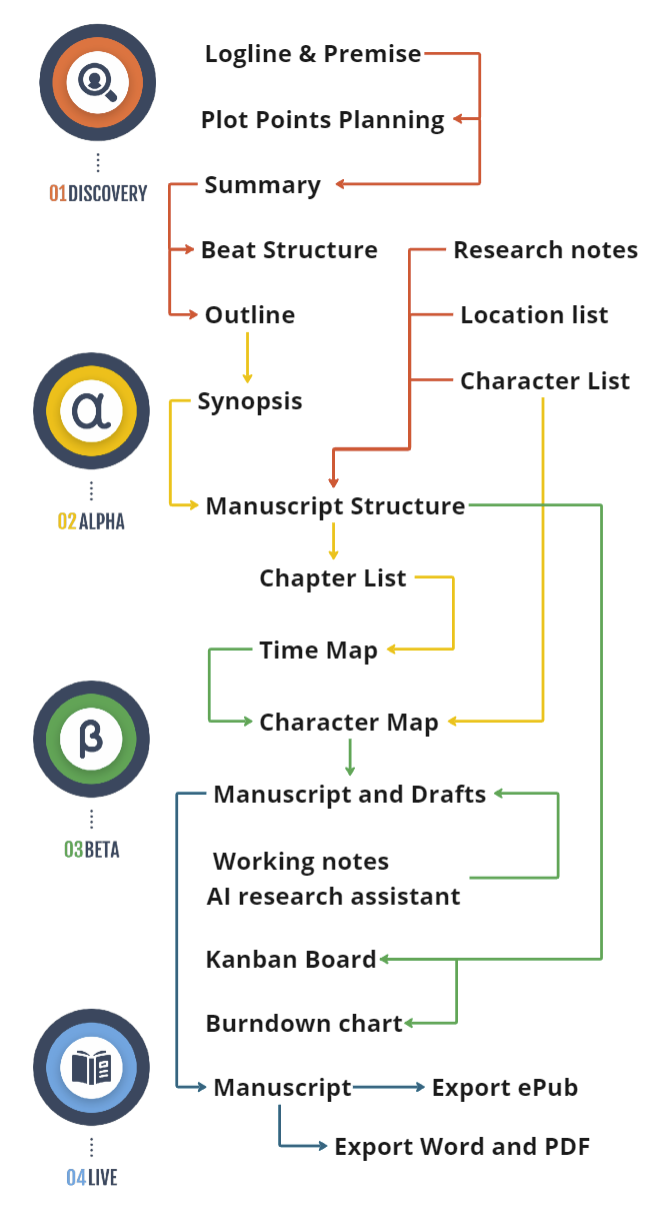Many writers perform weeks—or even months—of research for a single novel. Yet plenty of fascinating facts, historical nuggets, scientific theories, and character backstories never make it into the final manuscript. This wealth of leftover knowledge, which might seem like “scraps,” can become a goldmine for your author blog. Not only does sharing these tidbits intrigue readers, but it also boosts your website’s SEO by providing relevant and keyword-rich content. This method follows the recipe of “scraps from last night’s dinner”—proving that no piece of research truly goes to waste if used wisely.
Transforming leftover research into blog posts is a savvy way to build reader curiosity. Maybe you’ve studied 16th-century shipbuilding but only included one scene in your historical adventure. Or you uncovered deep NASA data for a sci-fi chapter but trimmed it during edits. Instead of letting these gems collect dust, craft brief posts that explore these details more fully. Tie them back to your story’s premise and key themes—offering fans an immersive look behind the scenes. By weaving in relevant keywords (e.g., “16th-century shipbuilding techniques” or “space travel facts”), you naturally improve your site’s searchability.
Writers with folders (digital or physical) bursting at the seams from pre-writing research stand to gain the most. Debut authors can utilize these “scraps” to entice potential readers, showcasing the depth of worldbuilding. Experienced novelists with multiple works in progress can repurpose each project’s leftover intel into a mini-series of blog articles—staying visible in search engine results while piquing audience interest. Anyone committed to a better digital presence can benefit from consistent, research-based content.
- Organize Research By Category
Sort your leftover notes into themes (history, science, mythology, personal anecdotes). This makes it easier to see what might form a cohesive blog post or mini-series. - Extract The Core Insight
Pinpoint the most engaging aspect of each leftover topic—something that resonates with your novel’s setting or conflict. Write a post focusing on that core insight, linking it back to your story’s world. - Use SEO-Friendly Structure
Break posts into short paragraphs or bullet points with subheadings. Include relevant long-tail keywords like “rare medieval textile techniques” or “Victorian-era courtship rituals.” This structure aids both readability and search rankings. - Offer Contextual Tie-Ins
End each post by explaining how this piece of research influenced your writing. Mention characters or chapters that reflect the same theme, enticing visitors to pick up the book for more. - Invite Interaction
Ask open-ended questions to encourage comments: “What historical detail intrigues you about this period?” or “Which scientific theory would you love to see in fiction?” Engagement boosts SEO further by signaling activity on your page.
Readers love peeking “behind the curtain,” especially if it adds depth to the fictional worlds they enjoy. When you share these hidden tidbits, you establish yourself as an authority—someone who does thorough research and invests in authenticity. Additionally, focusing your blog content around highly specific topics increases the chance of ranking for niche search queries. Ultimately, repurposing scraps fosters deeper fan engagement, leading to longer on-page time and better conversions.
Review one of your research folders where you stored fascinating, unused facts. Select a single compelling detail and outline a short blog post. Highlight its relevance to your book’s era or theme, then invite readers to share their thoughts. Watch how turning these scraps into valuable content enhances both your SEO presence and reader engagement.




